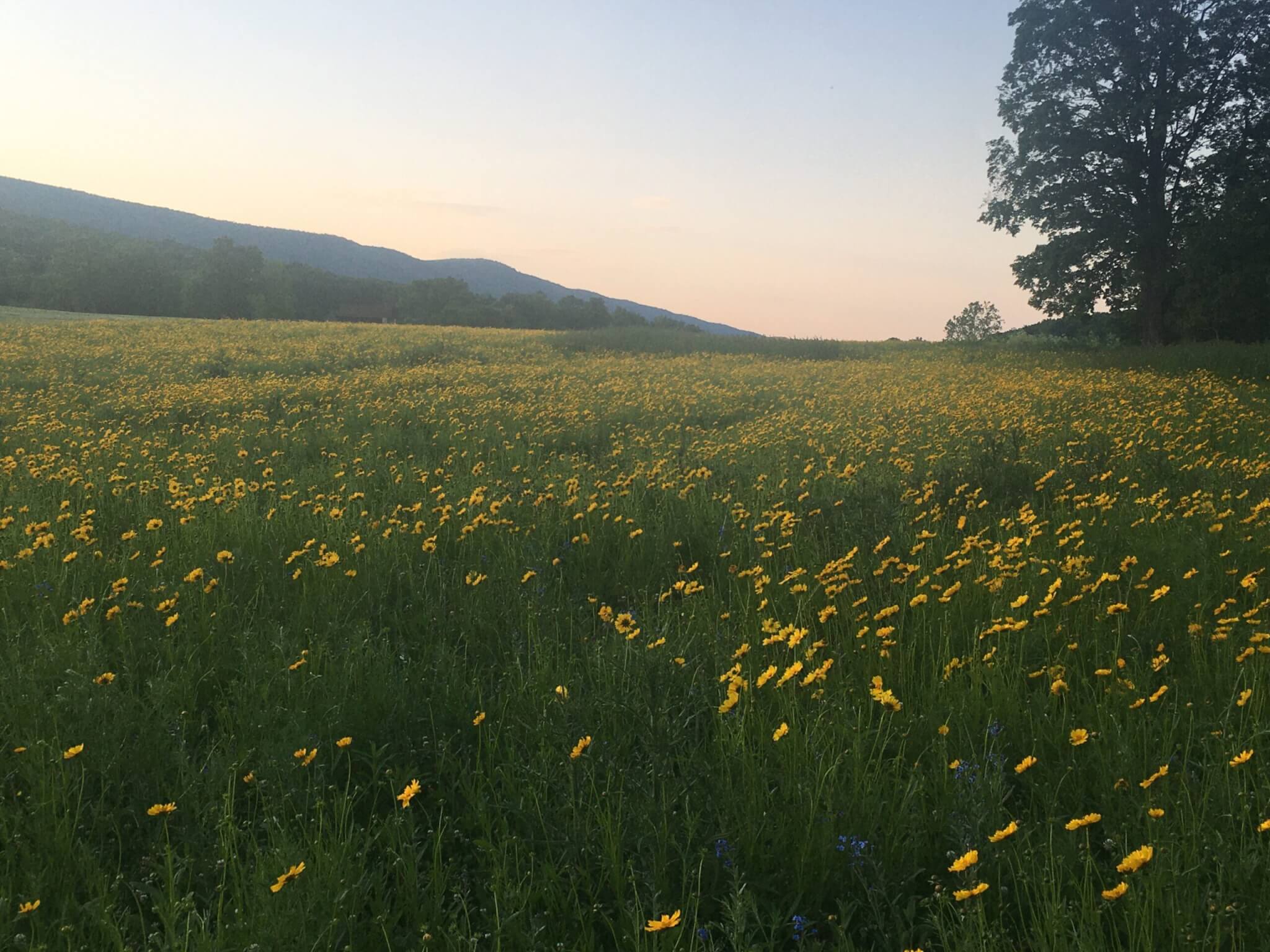

When it comes to helping the environment, native pollinators do the heavy lifting.
This story was originally published in the May 2022 issue of Wonderful West Virginia. To subscribe, visit wonderfulwv.com
Written by Laura J. Roberts
European honeybees get a lot of credit for their role in pollinating crops, but North America has more than 4,000 species of native bees, and they are the primary pollinators for most native plant life. It’s a symbiotic relationship—up to 50% of native bees are highly specialized, meaning they rely on one plant species, and most North American plants require pollination by an insect. Pollinators and plants depend on one another.

Photography by: Valerie Chaney
In addition to bees, other pollinators include beetles, butterflies, hummingbirds, and bats. Many of these species are finding a haven at West Virginia state parks, thanks to the efforts of conservationists like naturalist Garrett Oursler, who spent the summer of 2021 working at Cacapon Resort State Park’s Thomas D. Ambrose Nature Center. The Berkeley Springs native is a West Virginia University freshman who is double-majoring in environmental, soils, and water sciences and sustainable food and farms. One of Cacapon’s youngest summer naturalists, Oursler taught youth programs about pollinators and conservation. In addition to guiding hikes, leading wildlife- and plant-identification programs, and organizing stream studies, he also led programs on native wildflower gardening.
Doing Their Jobs
According to Oursler, native pollinators are always around but rarely noticed. West Virginia’s bees include species of leafcutter bees, mason bees, sweat bees, miner bees, long-horned bees, and bumblebees.
Unlike the European honeybee, many of West Virginia’s native bees live solitary lives. Miner bees dig individual tunnels in the earth, while leafcutter and mason bees nest in above-ground tunnels. The mason bee is particularly popular with gardeners thanks to its efficient pollination skills: As few as 250 females can pollinate an acre of fruit trees. After mating in the spring, each female seeks out a tunnel for nesting. This can be a plant stem, a hole in a stone foundation, or a man-made mason bee house. The female lays an egg in the rear of the tunnel and deposits a collection of pollen and nectar to support the larva when it hatches. Then she builds a mud wall to safely seal off the chamber. She continues to lay individual eggs all season, providing each with sustenance and sealing it off in turn until she reaches the end of the tunnel.
Mason bees are ideal for a native garden. In addition to their productivity, they’re non-aggressive—males lack stingers, and the gentle females rarely sting. Gardeners need only provide habitat and native plants. The bees will do the rest.
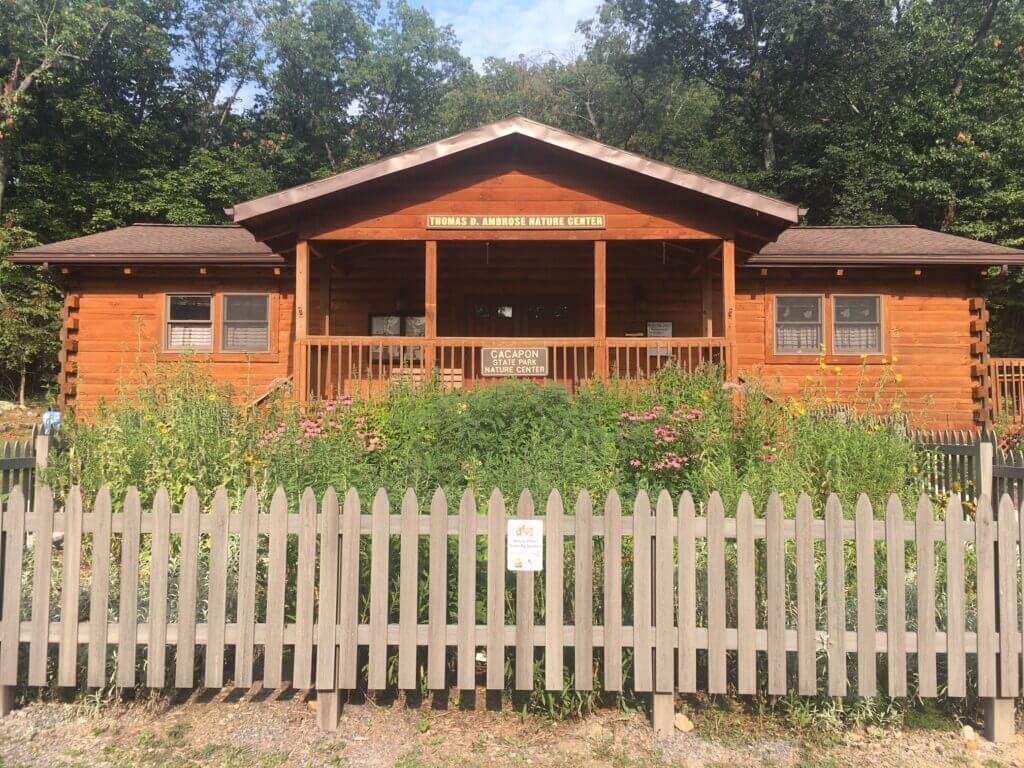
Photography by: Valerie Chaney
Bumblebees, on the other hand, are the only truly social North American bee. They live in colonies and are particularly effective at pollinating plants in the nightshade family, which includes peppers, eggplants, and tomatoes. They also pollinate many berries, fruits, and seed crops like alfalfa and clover.
Bumblebees are easy to recognize due to their distinctive furry appearance. Several different species of bumblebee call Cacapon home, and they’re identified by the color patterns on their thoraxes. Oursler has observed species like the brown-belted and common eastern bumblebee but has yet to spot the endangered rusty patched bumblebee.
“They get their name from a little rusty patch of hair on their backs,” he says. “They’re one of the only endangered bees in the United States. So it’s kind of cool that they are living here in West Virginia.” The bees originally ranged across 28 states in the eastern U.S. and Midwest, but threats including habitat loss and degradation, pesticides, and climate change have taken a toll, and their numbers have declined heavily.
When it comes to defense, like the mason bee, most native species aren’t aggressive. Leafcutter and sweat bees are also quite gentle. Most of the stings in the pollinator world come from the European honeybee and from wasps. According to Oursler, wasps are indeed pollinators, and, while their defense system makes them feel like an enemy, they’ve got an important job to do.
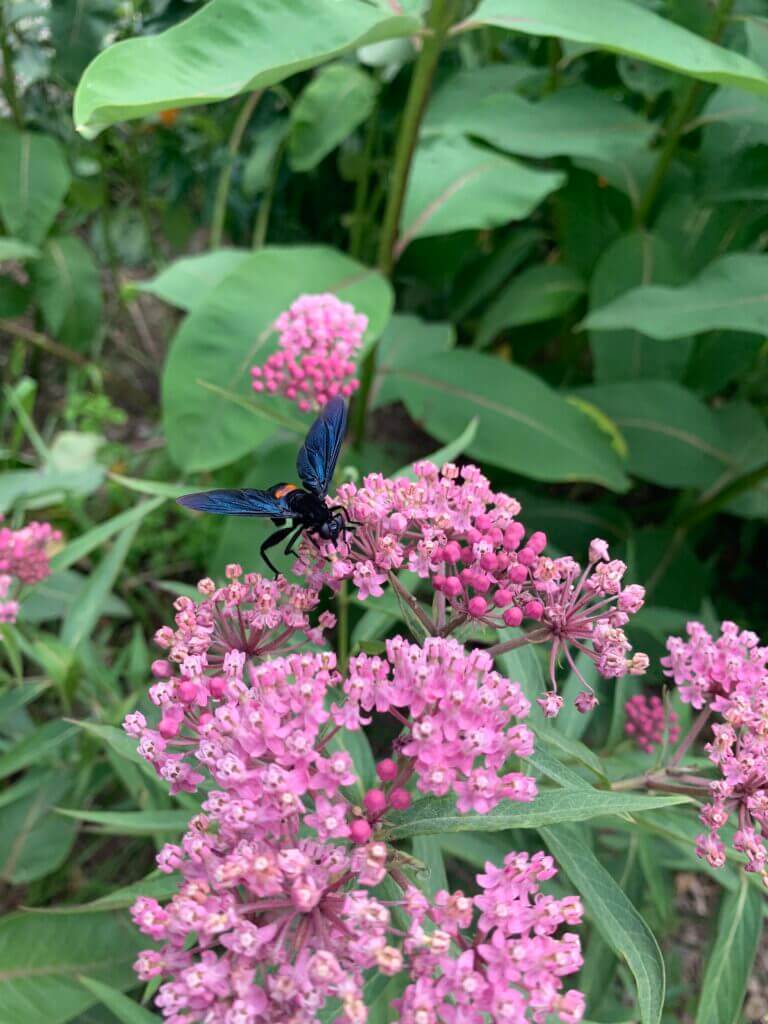
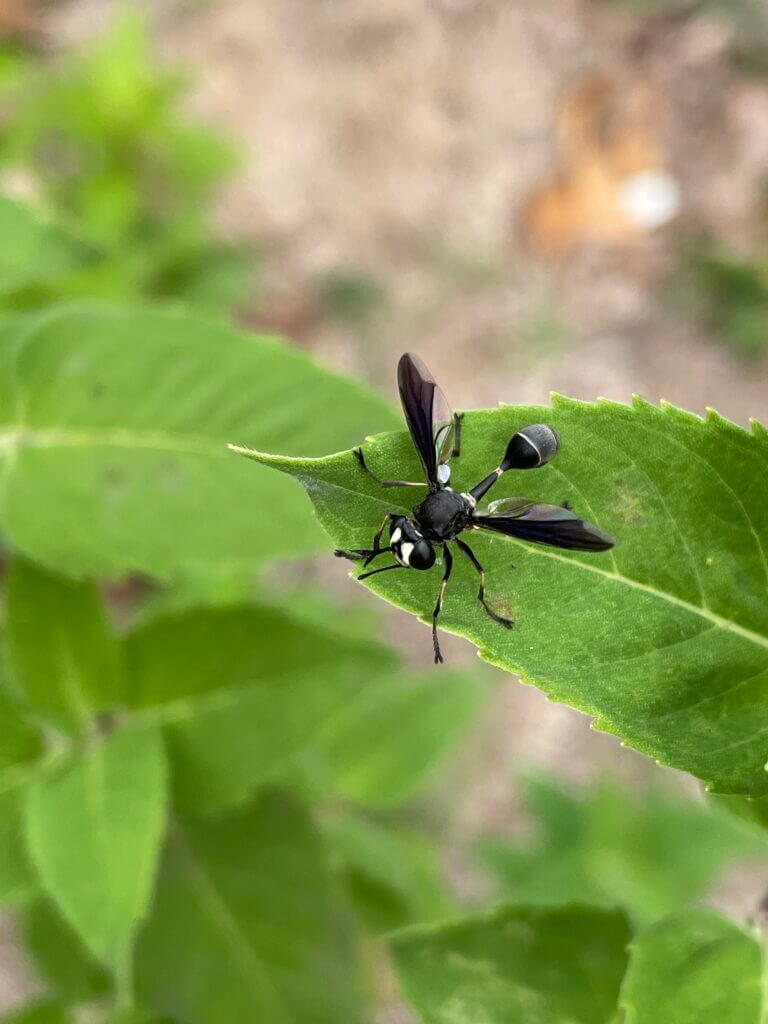
“Wasp larvae are carnivores,” he says. “At those early stages when they’re larval, they eat aphids and soft-bodied insects. So they’re really beneficial in that they’ll keep your garden plants or your flowers from getting attacked and ravaged by aphids.” Oursler has observed paper wasp and yellow jacket larvae patrolling his lettuce for aphids to feed their larvae. The adults drink nectar from flowers for their own sustenance, pollinating as they go.
While bees and wasps are easy to spot, beetles are some of the most productive and reliable pollinators. Beetles were among the first insects to pollinate and have been visiting flowers since the Mesozoic era, 200 million years ago. They’re especially important for pollinating water lilies, magnolias, and crab apples. One quarter of all animal species on the planet are beetles; their numbers alone mean they’re key contributors and the most diverse group of pollinators in the U.S.
Natives Helping Natives
Native pollinators face a multitude of threats. Habitat fragmentation—often the result of road construction or development—separates and reduces the total area of habitat and isolates pollinators. Pesticides, too, continue to be a problem. Some pesticides kill outright, while others damage the pollinators’ ability to navigate, reproduce, or fight off disease. Even pesticides used in organic farming threaten insect life.
Oursler teaches park visitors that landscaping choices can help or harm pollinators. When native pollinators have evolved with native plants, they share a mutualistic relationship. Non-native or invasive plants upset this balance.
“We’ve run into the problem that some native insects are pollinating invasive plants and helping them spread their range, while our native plants are just trying to outpace those invasives,” he says. But, he adds, many native pollinators only pollinate native plants. If habitat and food are scarce, pollinators like wasps and bumblebees may become aggressive and territorial. Thus, the best way to help is to provide them with their required habitat and food source.
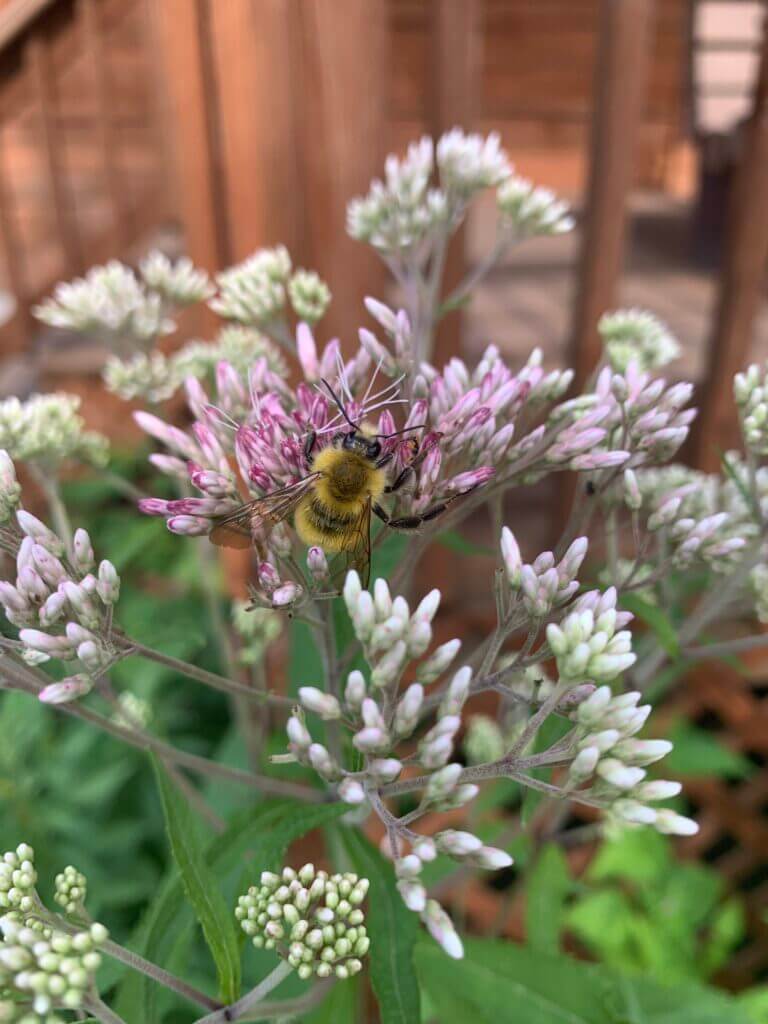
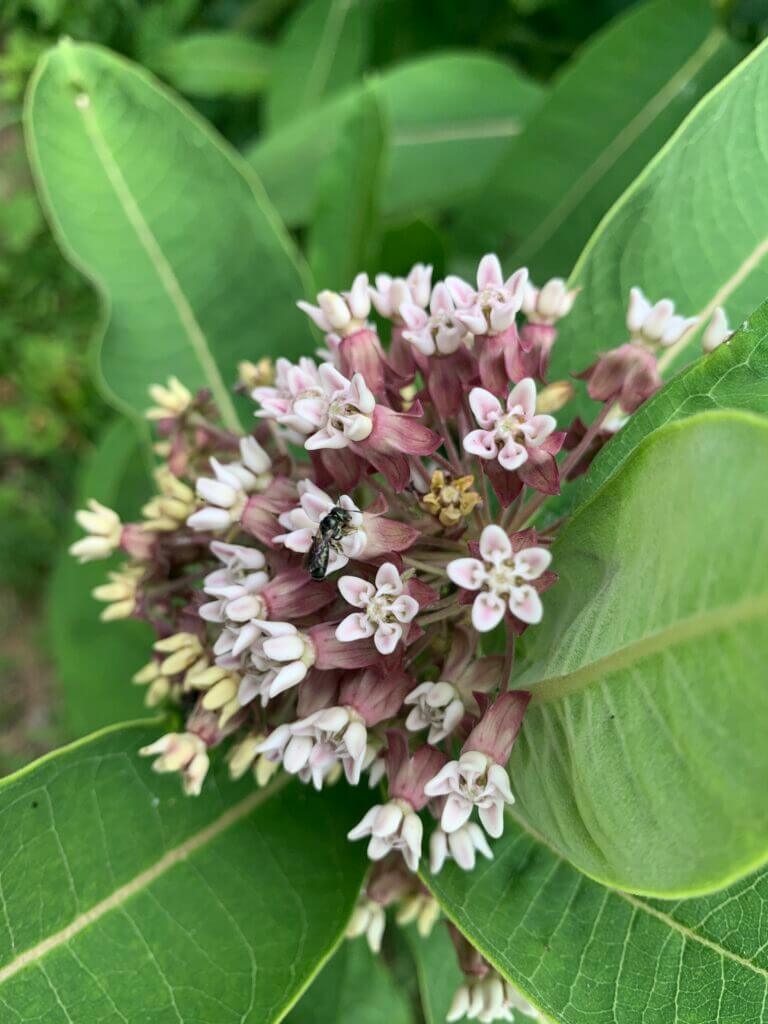
Photography by: Garrett Oursler
When it comes to choosing native plants, Oursler says a gardener has some choices. “The species you choose really determines what you’re going to get. So the more diversity you have, the more species will come.”
He recommends planting milkweed, a group of flowering perennials that are critical to the survival of monarch butterflies. Monarchs have declined by 95% since the 1980s, and, although they meet the criteria for an “endangered” designation, the U.S. Fish and Wildlife Service has yet to list them as such.
Milkweed is the sole host for monarch caterpillars. Once established, it requires little care and will return each year. California made a recent effort to plant milkweed, and monarch numbers jumped from 2,000 individuals in 2020 to 247,000 in 2021. While it’s too soon to know if the numbers will remain stable, the rebound is encouraging.
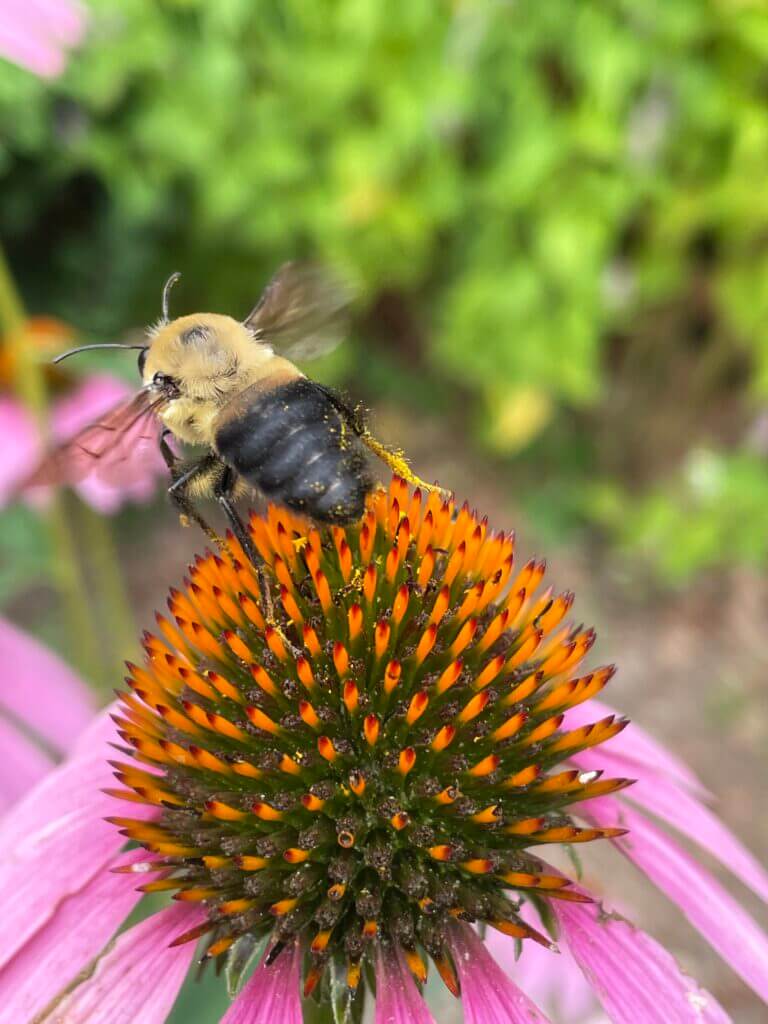
Oursler says gardeners might be surprised by how quickly pollinators appear when they provide the right habitat. “I don’t think people realize that the pollinators are here right now. They’re struggling. They’re so small, and their habitat is so sparse in some areas, that you don’t see them. But if you just provide that little bit of habitat, you’ll start seeing all the species that are there really building up in numbers.”
Pollinating the Parks
Cacapon Resort State Park’s pollinator gardens cover more than eight acres and serve as a natural outdoor classroom. The Thomas D. Ambrose Nature Center has created an official monarch way station where Oursler and other educators monitor the butterflies’ life cycle as they grow from eggs to mature adults.
Valerie Chaney is a Cacapon naturalist and the park’s activities coordinator. She was thrilled to have Oursler on the education staff. “Garrett helped lead programs on monarch conservation, native wildflower gardening for pollinators, and bee surveys, and developed a program on solitary bees and how to make a bee home project,” she says. He also developed a QR code that visitors can scan for access to information on pollinators and native gardens.
Both Chaney and Oursler believe in the importance of engaging young people. To that end, Cacapon offers a variety of programming directed at youth. For kids ages 6 to 16, conservation and environment programs count toward West Virginia State Parks’ Young People for Parks certificates. Young people can also become Cacapon Monarch Scouts. The park will expand its programming in the summer of 2022 with a planned Civilian Conservation Corps heritage garden. Education will focus on teaching visitors about Appalachia’s history of crop production and how to grow their own food.
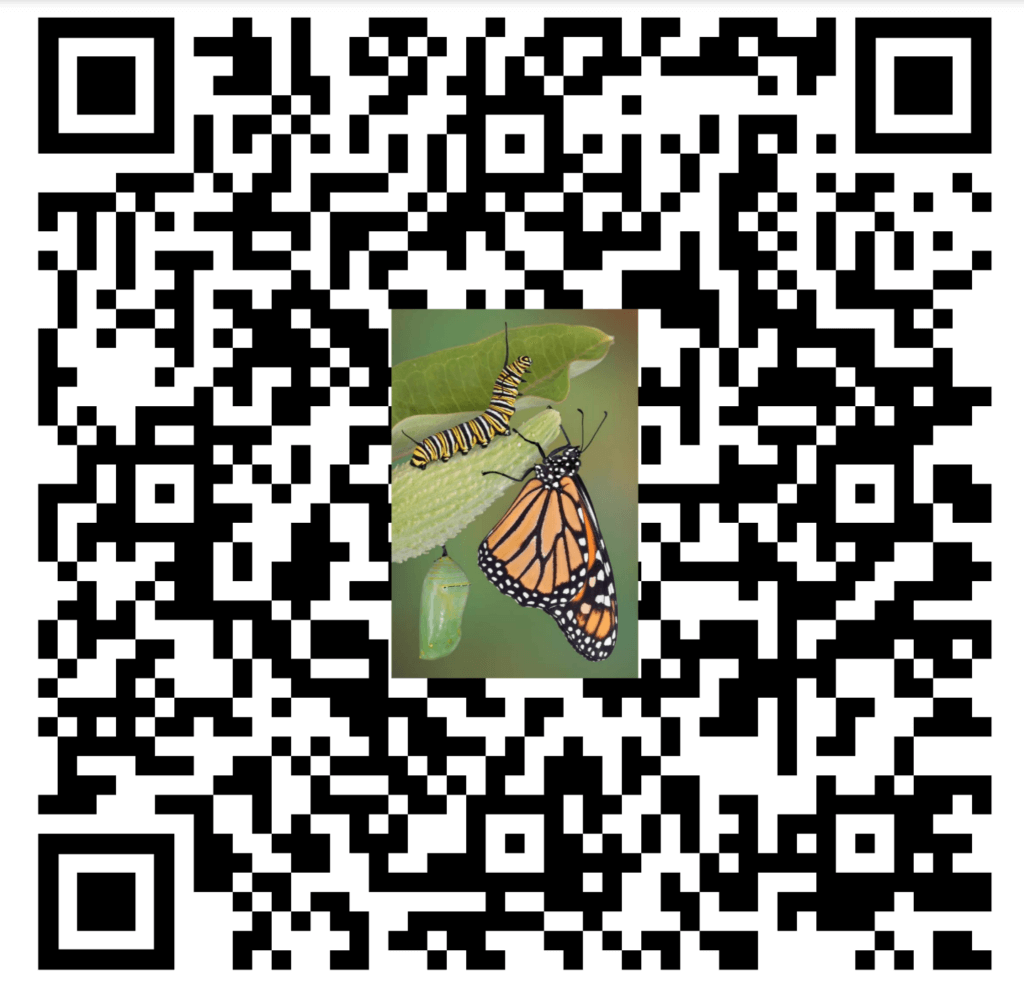
Many of West Virginia’s state parks and even private businesses like Toyota Motor Manufacturing West Virginia in Buffalo have created similar pollinator conservation programs and gardens, and Oursler says he sees a promising future for native pollinators.
“I think if there’s enough awareness, and if people are willing to dedicate just a small portion of their yard, I do believe that pollinators on a broad scale and here in West Virginia can recover from the losses that we’ve seen. We just need to act sooner rather than later, or we could lose out on species that we don’t even know exist yet.”











